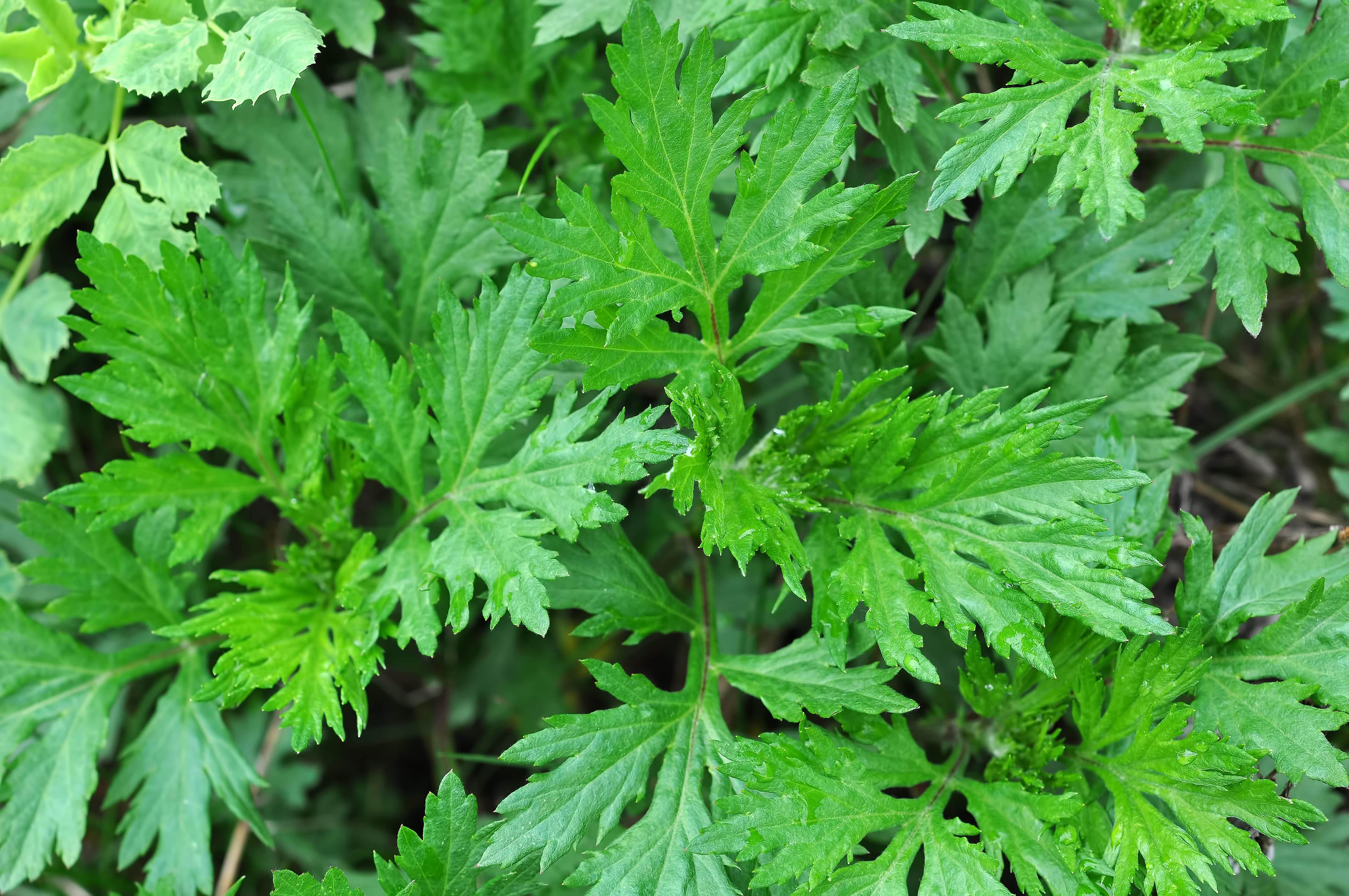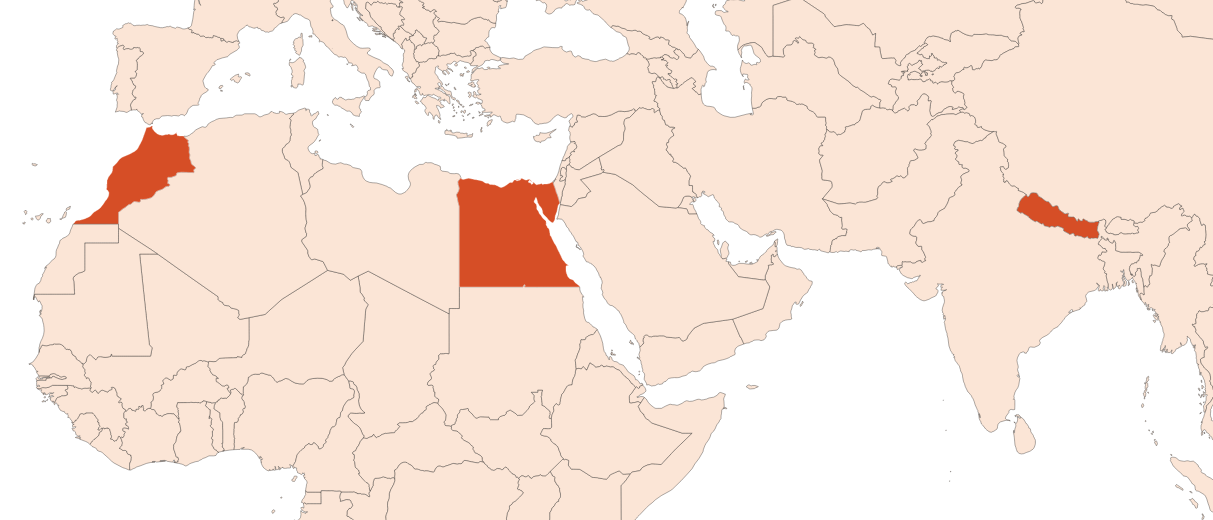Camphorated Wormwood EO
Naturelle
Herbal > Agrestic > Terpenic > Camphoric

Crédits photo: ScenTree SAS
Latin name :
Artemisia vulgaris
Botanical profile :
Camphorated Wormwood, like Tarragon EO, Wormwood EO or Davana EO, is a plant of the Asteraceae family. It is part of the Artemisia genus.
Geographic origin :
Originated from India, sagebrush is produced from Europe to Himalaya
Chemotypes :
Wormwood has numerous chemotypes, classified according to their oil constitution. This variety is due to two possible botanical synthesis routes : isoprenic (containing Alpha-Terpineol, Eucalyptol, Thuyones, Borneol, Camphor...) and phenylpropanic (containing Estragole, Chavicol, Anethole...).
Thus, different chemotype can be distinguished :
Davanone-containing Wormwood : White wormwood (Artemisia herba-alba) and Davana EO (Artemisia pallens).
Thuyone-containing Wormwood : Wormwood EO (Artemisia absinthium) and Arborescent Wormwood (Artemisia arborescens)
Camphor-containing Wormwood : Douglas Wormwood (Artemisia douglasiana), Camphorated Wormwood (Artemisia alba)
Thus, different chemotype can be distinguished :
Davanone-containing Wormwood : White wormwood (Artemisia herba-alba) and Davana EO (Artemisia pallens).
Thuyone-containing Wormwood : Wormwood EO (Artemisia absinthium) and Arborescent Wormwood (Artemisia arborescens)
Camphor-containing Wormwood : Douglas Wormwood (Artemisia douglasiana), Camphorated Wormwood (Artemisia alba)
Extraction process :
Wormwood is a very invasive plant because of its rootstocks which is why this plant is rather cultivated in fields or forests.
The stumps of the plant are harvested in the fall prior to losing about 65% of their weight after being dried. After a steam distillation, a yellow-green liquid with a thuyanic smell is obtained, with a yield of 0.15 to 0.7%.
It is also possible to obtain an absolute by treating the flower tops and the rootstock with petroleum ether. Afterward, the concrete is treated with alcohol to precipitate the waxes by glazing. A dark green to brown colour absolute with a camphorated and aniseed smell is obtained.
The essential oil of wormwood can contain a high rate of thujone which has a toxic effect on the body. The thujones can be removed by reprocessing the oil with a fractional distillation.
The stumps of the plant are harvested in the fall prior to losing about 65% of their weight after being dried. After a steam distillation, a yellow-green liquid with a thuyanic smell is obtained, with a yield of 0.15 to 0.7%.
It is also possible to obtain an absolute by treating the flower tops and the rootstock with petroleum ether. Afterward, the concrete is treated with alcohol to precipitate the waxes by glazing. A dark green to brown colour absolute with a camphorated and aniseed smell is obtained.
The essential oil of wormwood can contain a high rate of thujone which has a toxic effect on the body. The thujones can be removed by reprocessing the oil with a fractional distillation.
Major Components :
Alpha-Thuyone (≈50%)
Camphor (30-35%)
Beta-Thuyone (≈8%)
Camphene (≈5%)
Eucalyptol (≈5%)
Camphor (30-35%)
Beta-Thuyone (≈8%)
Camphene (≈5%)
Eucalyptol (≈5%)
- Uses in perfumery :
- Useful in fougere, chypre and male notes.
- Other comments :
- Olfactively close to Wormwood EO as the proportion of thujone is important for both essential oils. Nevertheless, camphorated wormwood is more camphoraceous.
It is used as a precursor to obtain natural camphor.
The adulteration of the essential oil can be done by adding camphor. Still, the composition of the oil is subject to standards and the plant in its raw state must meet cultural and visual standards. - Volatility :
- Head
- Appearance :
- Pale yellow liquid
- Stability :
- Solubility issues in perfumes
The terpenes identified in this raw material can polymerize when they are oxidized - Price Range :
- €€€
- Aromatherapy :
Informations provided below are taken from reference works in aromatherapy. They are given for information purposes only and can not constitute medical information, nor engage the responsibility of ScenTree.
Wormwood is known for mucolytic virtues (fluidifies the mucus), cholagogues (promotes the discharge of bile in the intestine) and antiparasitic agents. It is recommended for warts, respiratory infections and oxyurosis (tapeworm).

Crédits photo: ScenTree SAS
- EINECS number :
- 84775-75-7
- FEMA number :
- 3116
- Allergens :
- Linalool
- IFRA :
- This ingredient is restricted by IFRA
- Annexe I :
- Some regulated synthetic ingredients are found in nature and in certain proportions in natural ingredients. This presence in nature has to be taken into account when calculating limits of use recommended by the IFRA. In case you do not know these concentrations, you can use the ones estimated by the IFRA. Here they are :
- Annexe I :
- Some regulated synthetic ingredients are found in nature and in certain proportions in natural ingredients. This presence in nature has to be taken into account when calculating limits of use recommended by the IFRA. In case you do not know these concentrations, you can use the ones estimated by the IFRA. Here they are :
| List of regulated compounds contained in this ingredient | ||
|---|---|---|
| Regulated ingredient name | CAS N° | Estimated Concentration |
| Geraniol | 106-24-1 | 1 |
| beta-Thujone | 471-15-8 | 7,5 |
| alpha-Thujone | 546-80-5 | 50 |
| Thujone | 76231-76-0; 1125-12-8 | 57,5 |
| Eugenol | 97-53-0 | 1 |
| List of regulated compounds contained in this ingredient | ||
|---|---|---|
| Regulated ingredient name | CAS N° | Estimated Concentration |
| Geraniol | 106-24-1 | 1 |
| beta-Thujone | 471-15-8 | 7,5 |
| alpha-Thujone | 546-80-5 | 50 |
| Thujone | 76231-76-0; 1125-12-8 | 57,5 |
| Eugenol | 97-53-0 | 1 |
To learn more about IFRA's standards : https://ifrafragrance.org/safe-use/library
ScenTree is solely responsible for the information provided here.

